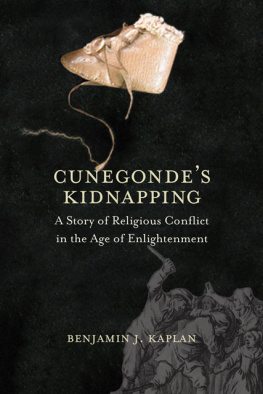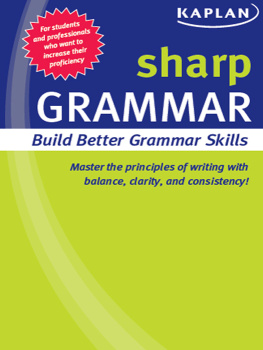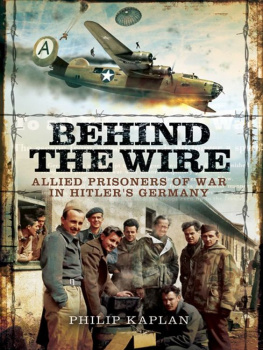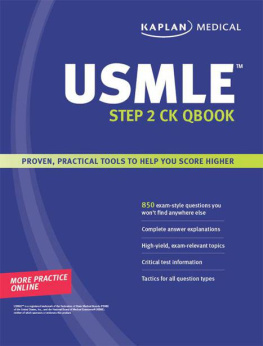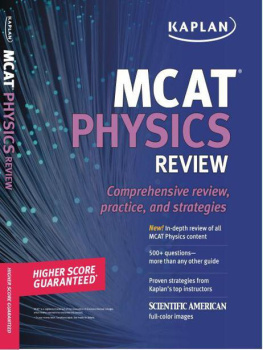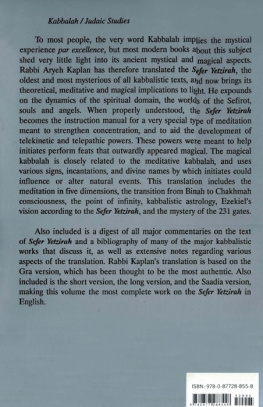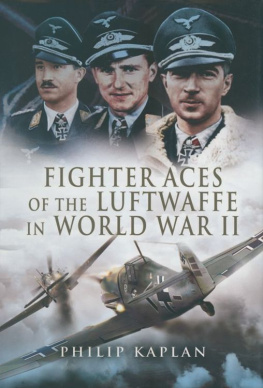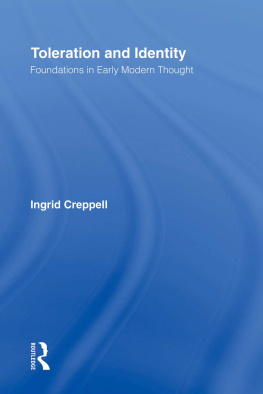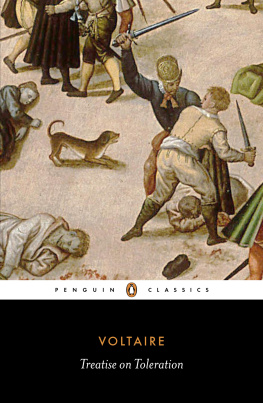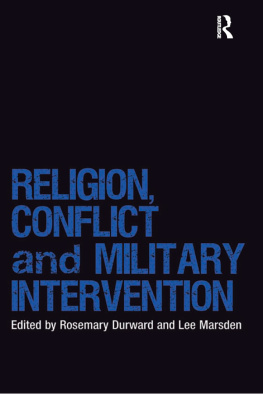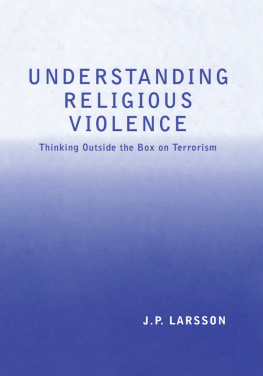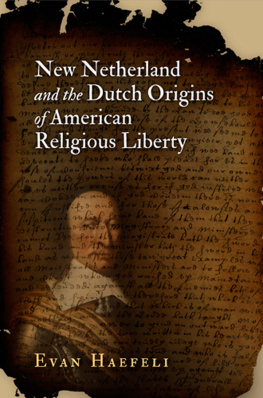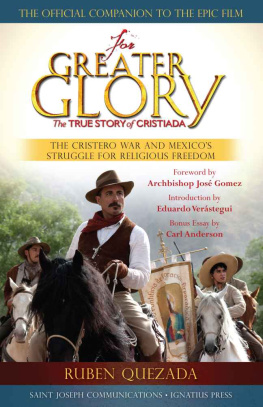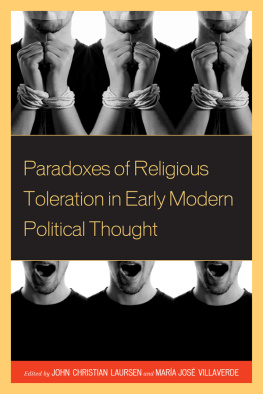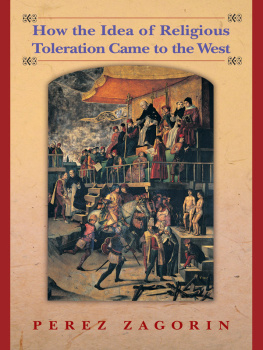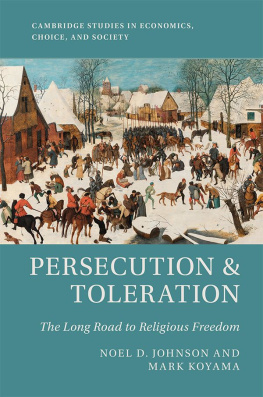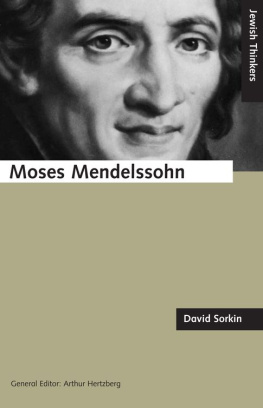
THE LEWIS WALPOLE SERIES IN EIGHTEENTH-CENTURY CULTURE AND HISTORY
The Lewis Walpole Series, published by Yale University Press with the aid of the Annie Burr Lewis Fund, is dedicated to the culture and history of the long eighteenth century (from the Glorious Revolution to the accession of Queen Victoria). It welcomes work in a variety of fields, including literature and history, the visual arts, political philosophy, music, legal history, and the history of science. In addition to original scholarly work, the series publishes new editions and translations of writing from the period, as well as reprints of major books that are currently unavailable. Though the majority of books in the series will probably concentrate on Great Britain and the Continent, the range of our geographical interests is as wide as Horace Walpoles.

Published with assistance from the Annie Burr Lewis Fund and the Louis Stern Memorial Fund.
Copyright 2014 by Benjamin J. Kaplan.
All rights reserved.
This book may not be reproduced, in whole or in part, including illustrations, in any form (beyond that copying permitted by Sections 107 and 108 of the US Copyright Law and except by reviewers for the public press), without written permission from the publishers.
Yale University Press books may be purchased in quantity for educational, business, or promotional use. For information, please e-mail (UK office).
Set in Janson Roman type by IDS Infotech Ltd., Chandigarh, India.
Printed in the United States of America.
Library of Congress Control Number: 2014942535
ISBN 978-0-300-18736-6
A catalogue record for this book is available from the British Library.
This paper meets the requirements of ANSI/NISO Z39.481992 (Permanence of Paper).
10 9 8 7 6 5 4 3 2 1
For Katy, with all my heart
CONTENTS
ONE
TWO
THREE
FOUR
FIVE
SIX
SEVEN
EIGHT
NINE
ILLUSTRATIONS
Vaals and its environs. Detail from an eighteenth-century map of the Lands of Overmaas, Nieuwe en Naauwkeurige Kaart van de drie Landen van Overmaaze Valkenburg, Daalhem en s Hertogerade, te Amsterdam, by Isaak Tirion, 1739. Courtesy of the Regionaal Historisch Centrum Limburg (RAL K42a).
).
The Three Countries Point, 2008. Photograph by author.
The Klng Wach, 2008. Photograph by author.
The Dutch Republic and its Generality Lands. Map by Bill Nelson.
Burtscheid. Aquarelle by Gottfried Chorus, 1754. Photograph courtesy of Herr Dietmar Kottmann.
From Father Bostens rectory to the Vaals churchyard. Anonymous pen and wash drawing. Courtesy of Regionaal Historisch Centrum Limburg (LGOG 34).
Interior of the Vaals Reformed church, 2011. Photograph by author.
Baptismal basin purchased in 1762 by the congregations that worshiped in the Vaals Reformed church, 2011. Photograph by author.
Boundary stone along the road between Vaals and Aachen, 2008. Photograph by author.
Figurative map drawn in 1663 during a dispute over the location of the border (StAA, RA II Allgemeine Akten 929, fol. 32). Photograph by author.
Anatomy of a village. Map showing the center of Vaals, 1766. Detail from Caarte der Hoofd Banken van Holset Vaals en Vijlen, gelegen in het land van s Hertogenrade partage van H:H: M:M:. Pen drawing, colored, by F. J. De Veye. Courtesy of Nationaal Archief, The Hague (NA, VTHR Verzameling Binnenlandse Kaarten Rozemond, inv. no. 4455).
Fragmented territories. Eighteenth-century map showing the portions of the Lands of Overmaas held by the Habsburgs and the Dutch (the map has been altered so that the Dutch portions are shaded). Nieuwe en Naauwkeurige Kaart van de drie Landen van Overmaaze Valkenburg, Daalhem en s Hertogerade, te Amsterdam, by Isaak Tirion, 1739, altered by Bill Nelson. Courtesy of Regionaal Historisch Centrum Limburg (RAL K42a) and Bill Nelson.
Johann Arnold von Clermont (172895). Portrait by unknown artist, second half of eighteenth century. Courtesy of the Couven-Museum, Aachen (GK 917).
Von Clermonts textile factory in Vaals, now known as the Stammhaus or Von Clermonthuis, exterior view, 2008. Photograph by author.
The Vaals Reformed church, exterior view from the southeast, 2008. Photograph by author.
Maastricht city hall, exterior view from the southwest, 2011. Photograph courtesy of Michiel Verbeek.
Connected churches. Ground plan showing the Vaals Catholic and Reformed churches before the demolition of the Catholic church in 1967. Courtesy of Rijksdienst voor het Cultureel Erfgoed (object no. BT-021457).
The Vaals Catholic and Reformed churches, with shared tower, exterior view. Detail from photograph taken in 1966, courtesy of Rijksdienst voor het Cultureel Erfgoed (object no. 105.768).
The Vaals Lutheran church, exterior view, 2011. Photograph by author.
The Vaalserquartier, part of the Reich of Aachen. Map by Bill Nelson, based on the 1777 Copzo map of the Aachener Reich. Courtesy of Bill Nelson and Stadtarchiv Aachen.
The Grosse Neuenhof, former main entrance, 2011. Photograph by author.
Ordinance issued by the Aachen city government on 25 June 1762, prohibiting the molestation of Protestants. Photograph by author (RHCL, LvO 9420).
The Schandsule (column of infamy). Copper engraving, paper mounted on parchment, 1616. Courtesy of AKV Sammlung Crous (AquarelleGouachenZeichnungenGraphiken von 1492 bis 2001, inv. no. 1377).
(AquarelleGouachenZeichnungenGraphiken von 1492 bis 2001, inv. no. 2246).
The gauntlet. Detail from map of Aachen showing the Jakobstrasse. From Beschryving van de Stad Aken (Leiden, by Joh. du Vivier, 1727), based on a 1647 engraving by Matthaeus Merian. Courtesy of Stadtarchiv Aachen.
Old City Hall in Maastricht, 2011. Photograph by author.
Mistreatment of the Reformed Around Vaals in the Year 1764. Illustration from the Vaderlandsch Woordenboek, vol. 29 (Amsterdam, 1793), by Jacobus Kok and Jan Fokke, drawing by F. Buys, engraving by Rein Vinkeles. Courtesy of the Regionaal Historisch Centrum Limburg (Collectie THA, GAM 276).
Charles Bentinck, Lord of Nijenhuis (170879). governor of the Lands of Dalhem and s-Hertogenrade. Portrait ascribed to John Zoffany, courtesy of Collection Netherlands Institute for Art History (RKD), The Hague.
Cunegondes mark (in place of a signature). Photograph courtesy of Frank de Hoog (Dossier, 77).
ACKNOWLEDGMENTS
Never have I enjoyed my work as a historian so much as when researching and writing this book. The pleasure it has given me to immerse myself in such a dramatic and vivid story makes me especially grateful to everyone who has lent me assistance. I want to thank first the Leverhulme Trust and the John Simon Guggenheim Memorial Foundation for research fellowships that supported the project. My thanks go similarly to University College London for research leave and other support. The staffs of the archives where I conducted my research were extremely helpful and accommodating, in particular Dr. Stefan Flesch and Mr. Ulrich Dhr of the Landeskirchliches Archiv Dsseldorf, Frau Margarethe Dietzel of the Stadtarchiv Aachen, and Mevrouw drs. L. Wiggers of the Regionaal Historisch Centrum Limburg. Mr. Thomas Richter, who is conducting doctoral research on the Aachen Protestant congregations, generously shared with me his knowledge and collected sources. Monsieur Jean Marie Fastr of the Abbaye du Val-Dieu, Belgium, went to extraordinary lengths to help me obtain an image for an illustration. I was kindly shown the interior of the Vaals Reformed church and the baptismal basin made in 1762 by Em. ds. C. J. Hollemans. My doctoral student Jaap Geraerts conducted research for me in the Regionaal Archief Tilburg. I learned a great deal from the feedback of audiences who heard me present papers that drew on the research for this book. For such feedback I wish to thank colleagues and students at UCL, Columbia, Yale, Cambridge, and Amsterdam Universities; at the Low Countries Seminar of the Institute for Historical Research; the Sixteenth Century Studies Conference; the Reading Early Modern Studies Conference; and a symposium on mixed marriage held at the Deutsches Historisches Institut in Rome. I have appreciated the skill and professionalism of my editor at Yale University Press, Jennifer Banks; her assistant, Heather Gold; cartographer Bill Nelson; and my agent, Valerie Borchardt. I wish to acknowledge also the useful comments and suggestions made by the anonymous scholars who read my manuscript for the Press. Finally, my wife, Katy, performed the invaluable service of reading a draft of the entire manuscript and helping me improve its narrative qualities.
Next page
